The Indus Valley Civilization (IVC), one of the world’s oldest and most advanced urban cultures, has left behind a tantalizing mystery that has yet to be solved: its script. For over a century, researchers have struggled to understand the meanings behind the symbols found on seals, pottery, and tablets that date back more than 5,000 years. Now, a remarkable initiative by the government of Tamil Nadu offers a $1 million reward for anyone who can crack the code of this ancient writing system. This bold move has reignited global interest in the enigmatic Indus Valley script, sparking fresh hope that the key to unlocking one of history’s greatest puzzles might be within reach.
The Enigmatic Indus Valley Civilization
The Indus Valley Civilization, also known as the Harappan Civilization, flourished in the fertile plains of the Indus River, which spans present-day northwest India and Pakistan. From approximately 2600 to 1900 BCE, the civilization developed sophisticated urban centers such as Mohenjo-daro and Harappa, with advanced systems of sanitation, drainage, and urban planning.
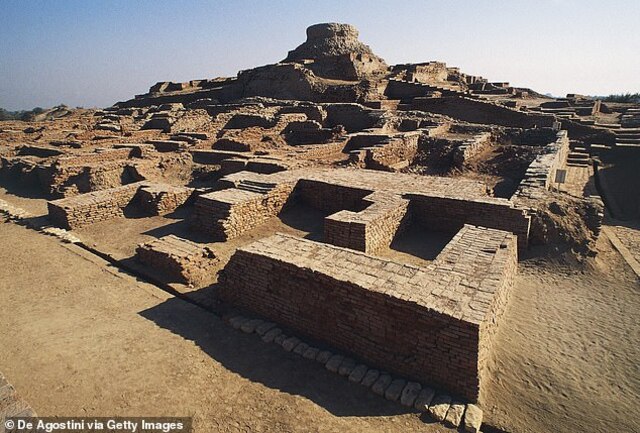
What makes the Indus Valley particularly fascinating is its ability to thrive without leaving behind evidence of warfare or large-scale conflict, a rare feature among ancient civilizations. Despite this, one of the civilization’s most perplexing aspects is its undeciphered script, which has remained a mystery for over a century.

The script was first discovered in the 19th century, when British archaeologist Sir Alexander Cunningham published an Indus seal in 1875. Since then, over 4,000 inscriptions have been discovered, typically consisting of a handful of symbols, some with animal motifs or human figures.
The problem with deciphering the script lies in its brevity—most inscriptions contain just five to six symbols, and the longest inscription contains only 34 symbols. Without a bilingual text like the famous Rosetta Stone, which helped decode Egyptian hieroglyphs, researchers have struggled to interpret the meaning behind the symbols. Yet, despite multiple theories and attempts, including those suggesting connections to Dravidian, Brahmi, and even Sumerian languages, no single interpretation has gained widespread acceptance.
Video
Check out this video to explore Tamil Nadu CM Stalin’s move to offer a USD 1 million prize for decoding the Indus Valley scripts, delving into the reasons and implications behind the initiative.
The Indus Script: An Unbroken Code
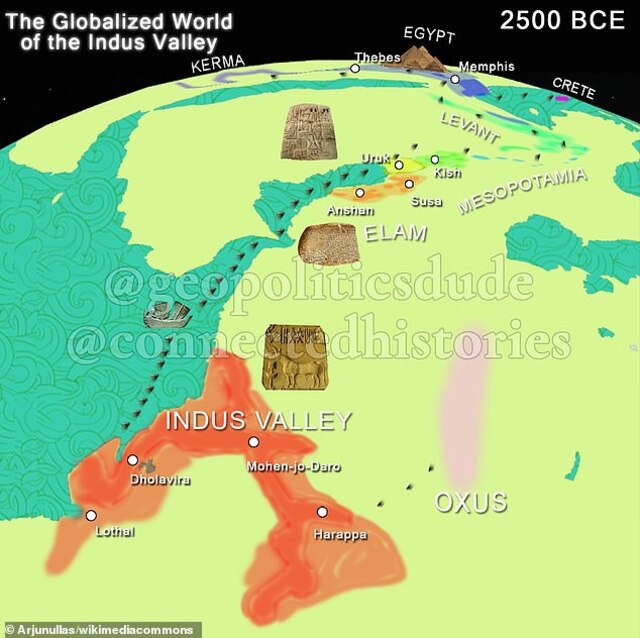
For centuries, the Indus script has captivated scholars, with many attempting to decipher its meaning. The script is composed of various symbols, some resembling stylized representations of animals, geometric shapes, and possibly human figures. Researchers believe that these inscriptions may reveal crucial insights into the civilization’s language, politics, trade, and religion. However, decoding the script has proven to be an insurmountable challenge due to the lack of long inscriptions or a clear linguistic framework.

The study of the Indus script gained international attention after linguists and archaeologists began to notice possible connections with other ancient writing systems. In particular, some have suggested that the symbols might be related to early Dravidian languages spoken in southern India, which are still in use today. However, this theory, like others, has not been conclusively proven. The absence of a Rosetta Stone-like artifact, which would provide a direct translation of the symbols, has left researchers without a solid foundation for understanding the script’s meaning.
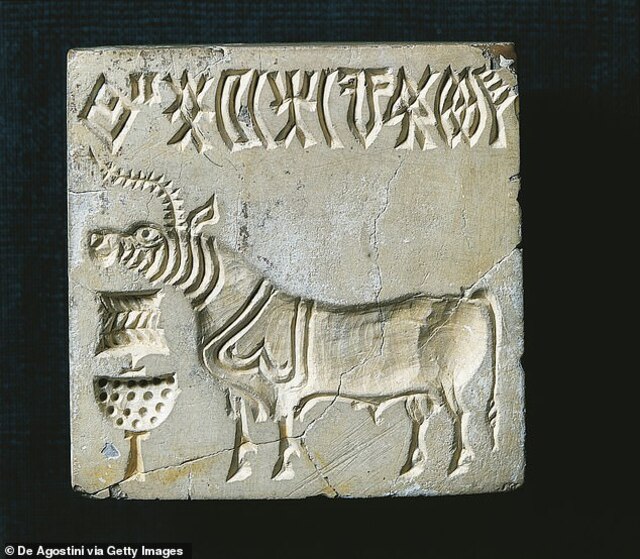
New Revelations: Tamil Nadu’s Link to the Indus Script
A breakthrough came when researchers K. Rajan and R. Sivananthan, based in Tamil Nadu, compared over 14,000 ceramic sherds from the region and found striking similarities with the Indus script. In their study, they discovered that 60% of the signs on these Tamil pottery shards matched the symbols found in the Indus inscriptions, suggesting a potential cultural link between southern India and the Indus Valley. This new hypothesis has sparked fresh interest in the theory that there may have been early contact or shared cultural traits between these two regions.
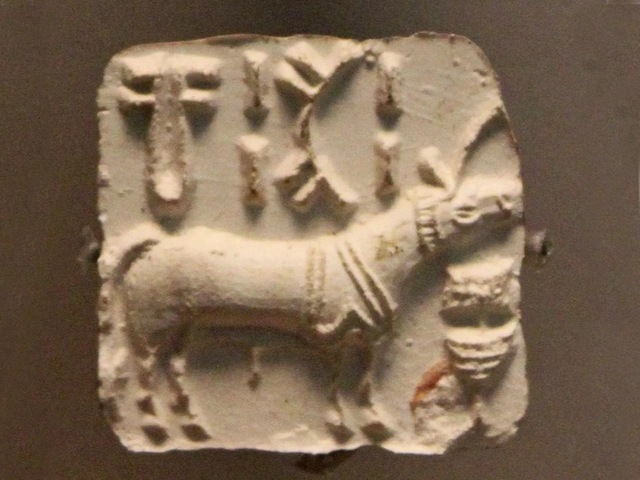
The findings have led to speculation that the Tamil script may have evolved from the same cultural or linguistic roots as the Indus script, thus providing a valuable clue in the quest to decode it. However, critics argue that the similarities might be coincidental and do not provide definitive evidence of a direct connection between the two. Regardless, this study has reinvigorated efforts to understand the Indus script, drawing attention to the potential cultural interactions that may have existed in ancient India.
Technological Approaches to Decipherment
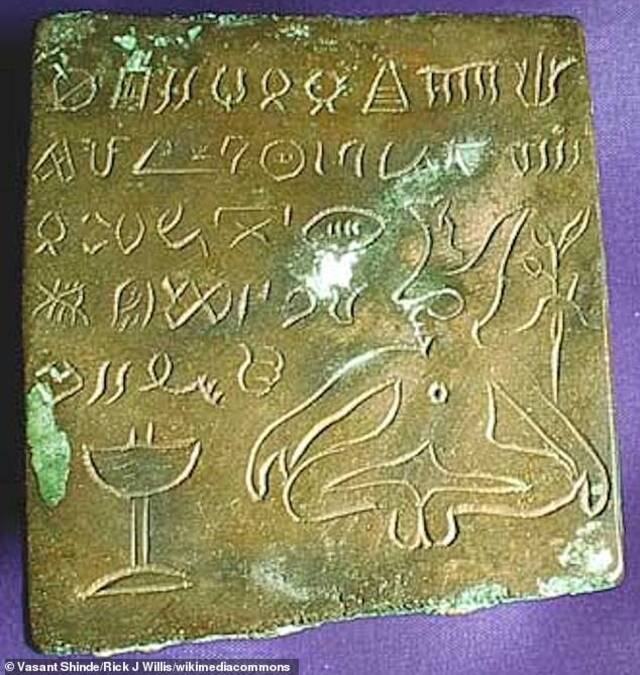
As the challenge of deciphering the Indus script continues, modern technology is beginning to play a crucial role. Machine learning and artificial intelligence (AI) are now being applied to analyze the patterns and structure of the script, offering a new avenue for breakthrough discoveries. Researchers like Nisha Yadav at the Tata Institute of Fundamental Research are using algorithms to analyze vast amounts of data, looking for repeating sequences or patterns that could provide clues to the meanings behind the symbols.
Despite the promise of machine learning, some scholars remain skeptical about its effectiveness in cracking the code. They argue that while AI can analyze data efficiently, it may not be capable of discerning the true linguistic or cultural meaning behind the symbols without a more comprehensive understanding of the context in which they were used. Nonetheless, the intersection of ancient scripts and modern technology represents an exciting frontier in the quest to unlock the secrets of the Indus Valley Civilization.
The Intriguing Symbols: What Do They Represent?
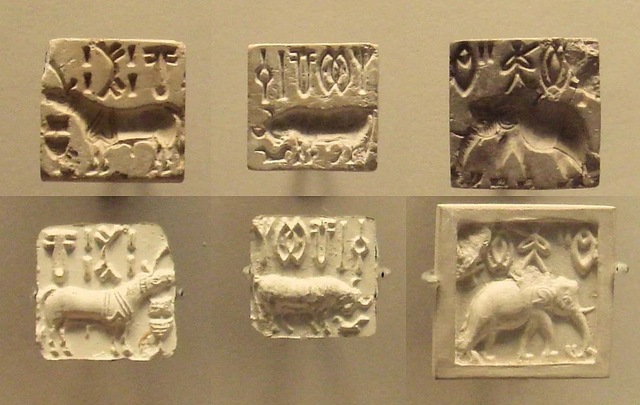
The Indus script is unlike any other known ancient writing system, leading many experts to question whether the symbols represent a language at all. Some have suggested that the symbols might simply be pictograms used for religious or political purposes, rather than a full-fledged written language. These theories suggest that the symbols could have been used to convey symbolic meaning or serve as identifiers in trade, rather than to represent a spoken language.
Yet, the persistence of the script over millennia, along with its apparent use on objects like seals and pottery, hints at a more complex purpose. Could the symbols represent an ancient language that was used for administration, trade, or religious practices? Or are they a form of ritualistic communication that transcended the spoken word? These questions remain unanswered, and the decipherment of the script promises to shed light on the nature of governance, trade, and belief systems in one of the world’s earliest urban cultures.
The Reward and the Future of Indus Research
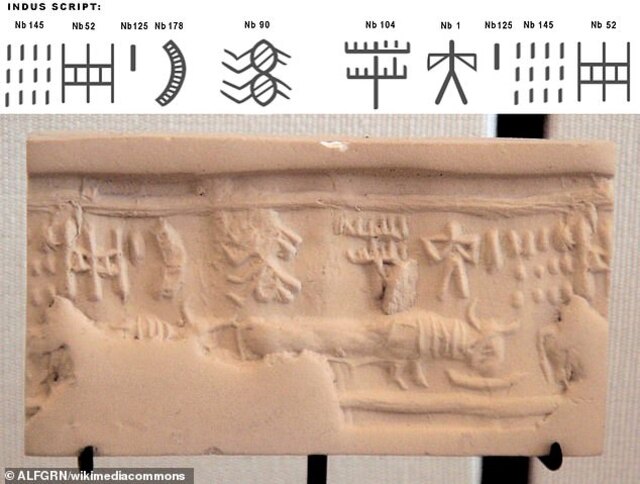
The $1 million prize offered by the government of Tamil Nadu has sparked a renewed global effort to crack the code of the Indus script. Scholars, linguists, and computer scientists from around the world are now vying for the prize, eager to be the one to unlock the secrets of this ancient writing system. As the competition heats up, the prize serves not only as an incentive to decode the script but also as a symbol of the importance placed on understanding the Indus Valley Civilization’s cultural heritage.
This prize has the potential to bring together researchers from diverse fields, combining traditional archaeological methods with cutting-edge technologies to solve a puzzle that has eluded experts for over a century. The successful decipherment of the Indus script would not only answer lingering questions about the IVC but also open new doors for understanding the ancient world and its complex networks of trade, culture, and language.
Video
Watch this video to unravel the mystery of the Indus Civilization, a 5,000-year-old enigma that continues to captivate historians and archaeologists.
Conclusion: The Enduring Legacy of the Indus Valley Civilization
The Indus Valley Civilization remains one of the most intriguing and mysterious civilizations in human history. Despite its sudden disappearance, the remnants of its cities, art, and script offer a window into a sophisticated culture that flourished over 5,000 years ago. The challenge of deciphering the Indus script may seem daunting, but the $1 million reward has breathed new life into this age-old mystery, encouraging fresh perspectives and innovative approaches.
As researchers continue to explore the connections between the Indus Valley and other ancient cultures, such as Tamil Nadu, the puzzle of the Indus script may soon be solved. Unlocking this ancient code will not only reveal the secrets of the Indus Valley Civilization but also enrich our understanding of the cultural exchanges that shaped the early foundations of human civilization.



